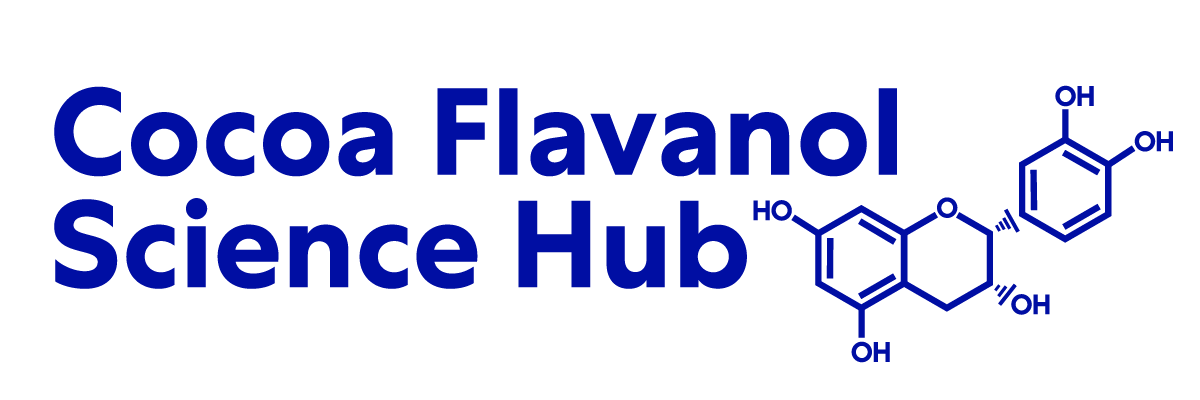Does flavanol intake influence mortality from nitric oxide-dependent processes? Ischemic heart disease, stroke, diabetes mellitus, and cancer in Panama.
Substantial data suggest that flavonoid-rich food could help prevent cardiovascular disease andcancer. Cocoa is the richest source of flavonoids, but current processing reduces the content substantially. The Kuna living in the San Blas drink a flavanol-rich cocoa as their main beverage, contributing more than 900 mg/day and thus probably have the most flavonoid-rich diet of any population. We used diagnosis on death certificates to compare cause-specific death rates from year 2000 to 2004 in mainland and the San Blas islands where only Kuna live. Our hypothesis was that if the high flavanoid intake and consequent nitric oxide system activation were important the result would be a reduction in the frequency of ischemic heart disease, stroke, diabetes mellitus, andcancer--all nitric oxide sensitive processes. There were 77,375 deaths in mainland Panama and 558 deaths in the San Blas. In mainland Panama, as anticipated, cardiovascular disease was the leading cause of death (83.4 +/- 0.70 age adjusted deaths/100,000) and cancer was second (68.4 +/- 1.6). In contrast, the rate of CVD and cancer among island-dwelling Kuna was much lower (9.2 +/- 3.1) and (4.4 +/- 4.4) respectively. Similarly deaths due to diabetes mellitus were much more common in the mainland (24.1 +/- 0.74) than in the San Blas (6.6 +/- 1.94). This comparatively lower risk among Kuna in the San Blas from the most common causes of morbidity and mortality in much of the world, possibly reflects a very high flavanol intake and sustained nitric oxide synthesis activation. However, there are many risk factors and an observational study cannot provide definitive evidence.
See the Full Study > (opens in a new tab)









